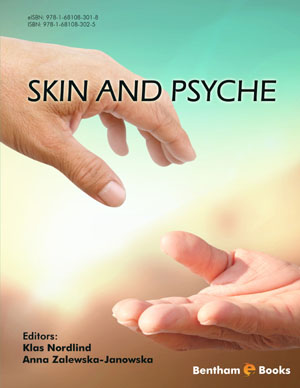Abstract
Body dysmorphic disorder (BDD) is a psychiatric condition with onset in early teens. Incidence and chronicity are about the same as for schizophrenia or obsessive compulsive disorder affecting 1-2% of the population with a chronic progressive course in many cases. A higher prevalence has been noticed among girls. The insight is usually low. Next of kin are often affected by the patients distress and low functioning.
The etiology of BDD is partly explained genetically, partly associated to environmental factors such as abuse or neglect. Neurofunctional imaging and psychological tests reveal an imbalance between global versus local visual processing resulting in high focus on perceiving aberrant details.
Diagnosis of BDD has steadily improved over the last decades with new criteria recently published in the DSM 5. Comorbidity with depression, substance abuse or other anxiety disorders are common and the risk for suicide is high in this group. Treatment consists of SSRI or clomipramine as first and second line medications. Glutamatergic agents, anticonvulsants and neuroleptic agents are currently studied in BDD. The psychological treatment of choice is cognitive behaviour therapy focusing on exposure and ritual prevention. The effects of treatment, medication, therapy or combined treatments are fairly good.
BDD is a common, severely debilitating disorder with early onset where treatment can improve the symptoms and quality of life. Recognising the diagnosis and providing relevant information give affected patients a fair chance to get qualified help.
Keywords: Body dysmorphic disorder, Buspirone, Cognitive behaviour therapy, Dysmorphophobia, Serotonine reuptake inhibitors.

















